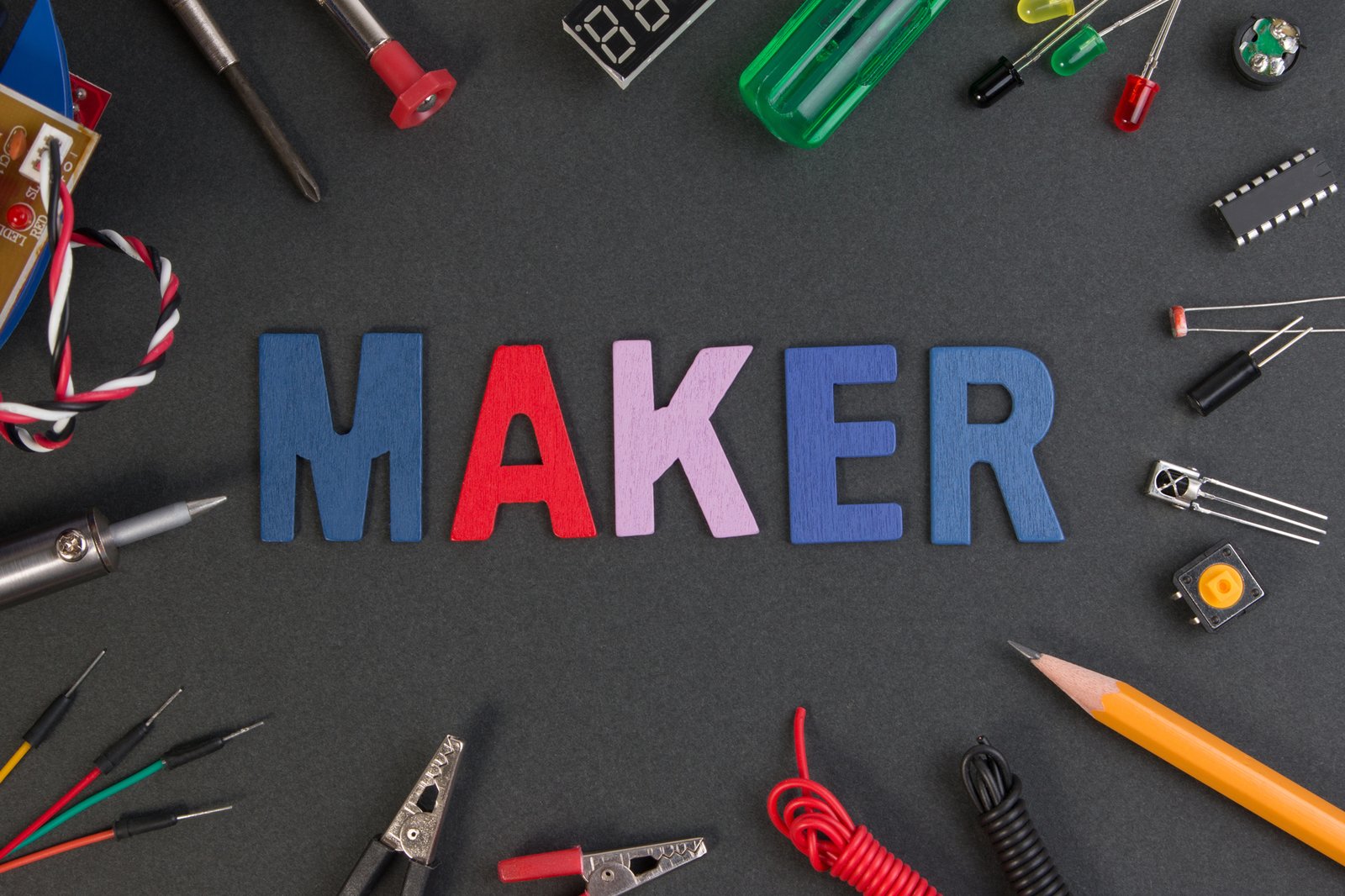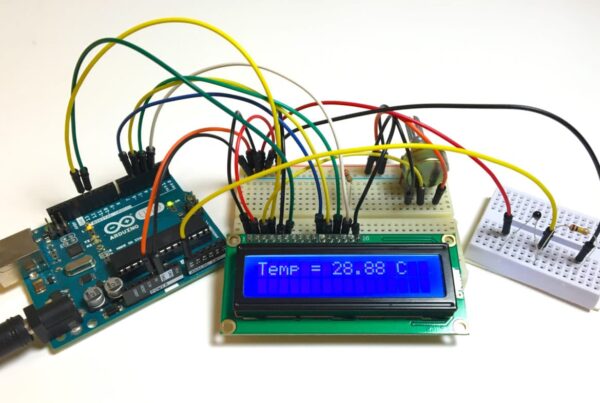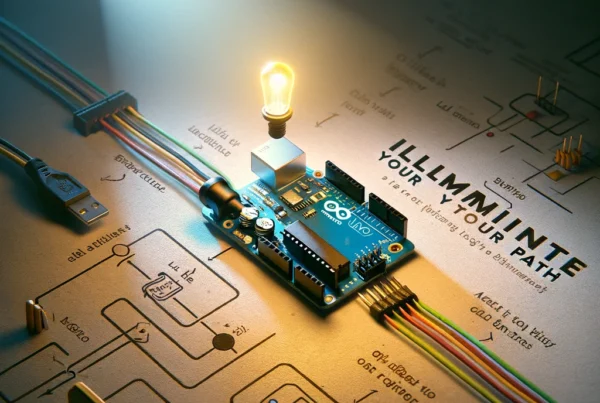Welcome to the dynamic and innovative realm of Maker Culture—a vibrant community of creators, tinkerers, and inventors. In this comprehensive introduction, we’ll explore the essence of Maker Culture, its origins, key principles, and how it has become a driving force in the world of creativity, technology, and hands-on learning.
Chapter 1: Unveiling Maker Culture
Defining Maker Culture:
Maker Culture is a collaborative and DIY (Do-It-Yourself) movement that encourages individuals to design, build, and create things on their own. It celebrates the spirit of innovation, exploration, and sharing of knowledge within a community of like-minded individuals known as makers.
Origins of the Maker Movement:
The roots of Maker Culture can be traced back to the hacker and DIY communities, where individuals started experimenting with technology, electronics, and various crafts. The movement gained momentum in the early 2000s, fueled by the rise of affordable technologies and open-source hardware.
Chapter 2: Key Principles of Maker Culture
Hands-On Learning:
At the core of Maker Culture is the philosophy of learning through hands-on experience. Makers believe that the best way to understand a concept is by actively engaging with it, building prototypes, and troubleshooting real-world challenges.
Open Source Collaboration:
Makers embrace the ethos of open source, freely sharing their designs, code, and project documentation. This collaborative approach fosters a rich ecosystem of shared knowledge, allowing others to learn, modify, and improve upon existing projects.
Innovation and Creativity:
Maker Culture thrives on innovation and creativity. Makers often repurpose materials, combine technologies in unique ways, and push the boundaries of what is possible. The focus is on thinking outside the box and finding novel solutions to problems.
Chapter 3: The Maker Toolkit
Electronics and Prototyping:
Makers often work with electronics platforms like Arduino and Raspberry Pi for prototyping and building interactive projects. These platforms provide a foundation for experimenting with sensors, actuators, and programming.
3D Printing and Fabrication:
The advent of affordable 3D printers has revolutionized the way makers create physical objects. From prototyping to manufacturing custom parts, 3D printing plays a crucial role in the Maker Culture toolkit.
Craftsmanship and Traditional Skills:
While technology is a key component, Maker Culture embraces a wide range of skills, including traditional craftsmanship. Woodworking, metalworking, and other manual skills contribute to the diversity of maker projects.
Chapter 4: Makerspaces and Maker Faires
Makerspaces:
Makerspaces are communal workshops equipped with tools and resources for makers to collaborate and bring their projects to life. These spaces provide access to specialized equipment, fostering a sense of community and shared learning.
Maker Faires:
Maker Faires are events that bring together makers from diverse backgrounds to showcase their creations. These gatherings feature exhibits, workshops, and demonstrations, offering a platform for makers to connect and inspire each other.
Chapter 5: The Impact of Maker Culture
Empowering Education:
Maker Culture has influenced education by promoting experiential learning and creativity in STEM (Science, Technology, Engineering, and Mathematics) fields. Makerspaces in schools and universities provide students with hands-on experiences.
Entrepreneurship and Innovation:
Many successful startups have roots in Maker Culture. The movement has paved the way for entrepreneurs to prototype and test ideas quickly, fostering a culture of innovation and risk-taking.
Community Building:
Maker Culture is a global community that transcends geographical boundaries. Online platforms, forums, and social media connect makers worldwide, enabling them to share knowledge, seek advice, and collaborate on projects.
Conclusion: Joining the Maker Movement
As we conclude this introduction to Maker Culture, you’re invited to embark on a journey of creativity, exploration, and collaboration. Whether you’re a seasoned maker or a curious beginner, the Maker Culture community welcomes you to contribute, learn, and craft your ideas into reality.
Stay tuned for more in-depth explorations of Maker Culture, inspiring projects, and the boundless possibilities that come with being a part of this vibrant movement. Happy making! 🛠️✨



